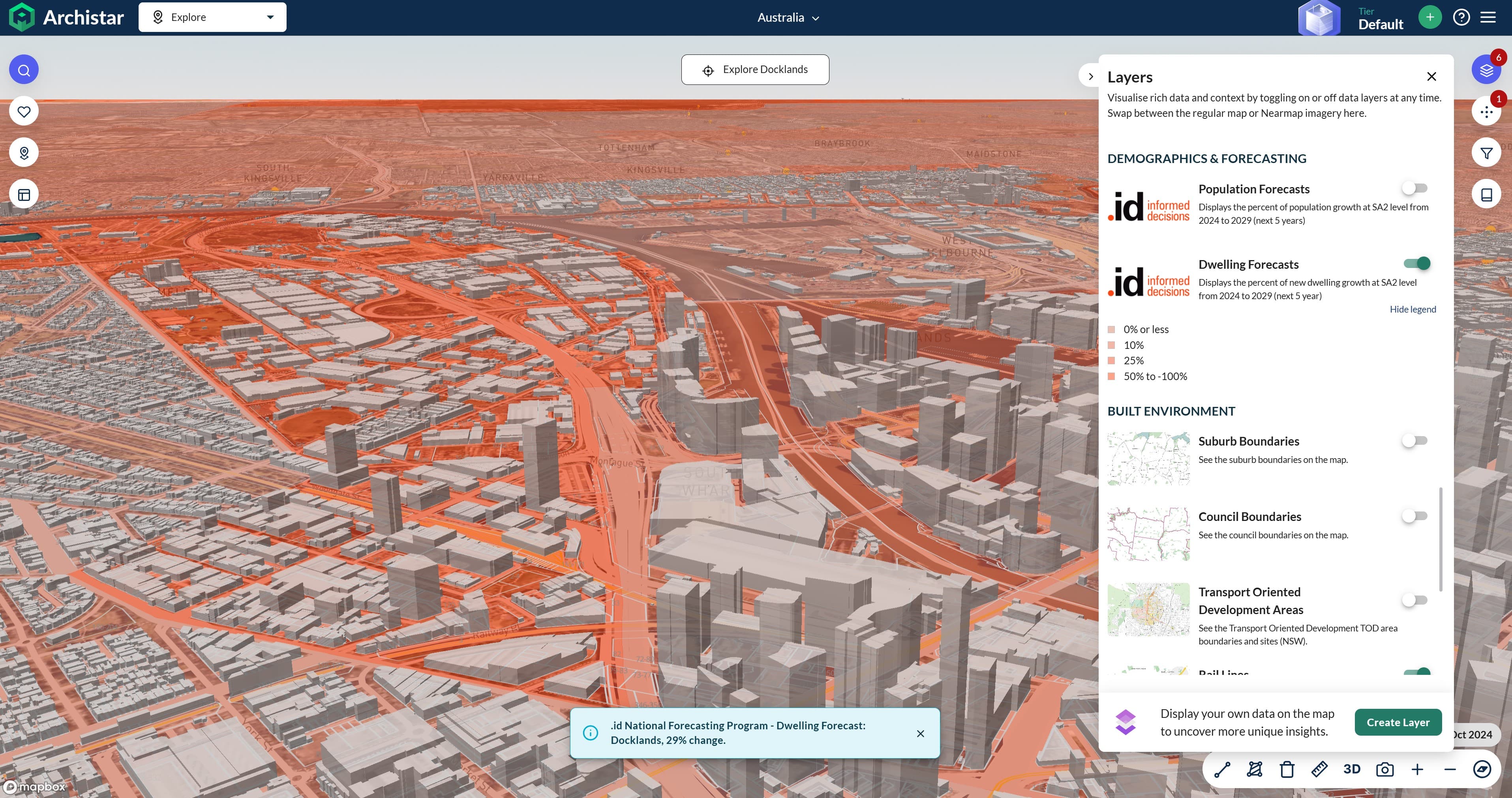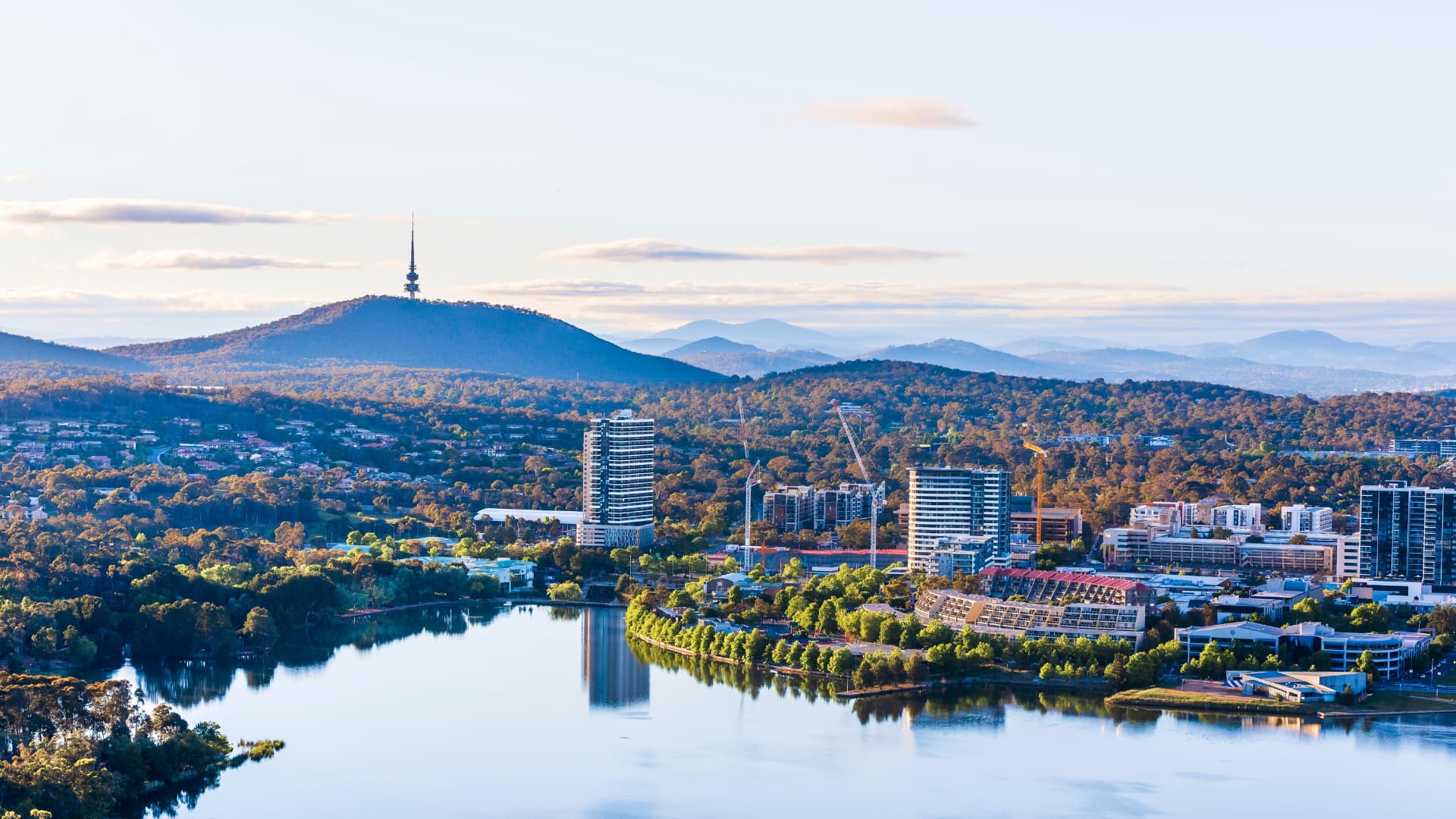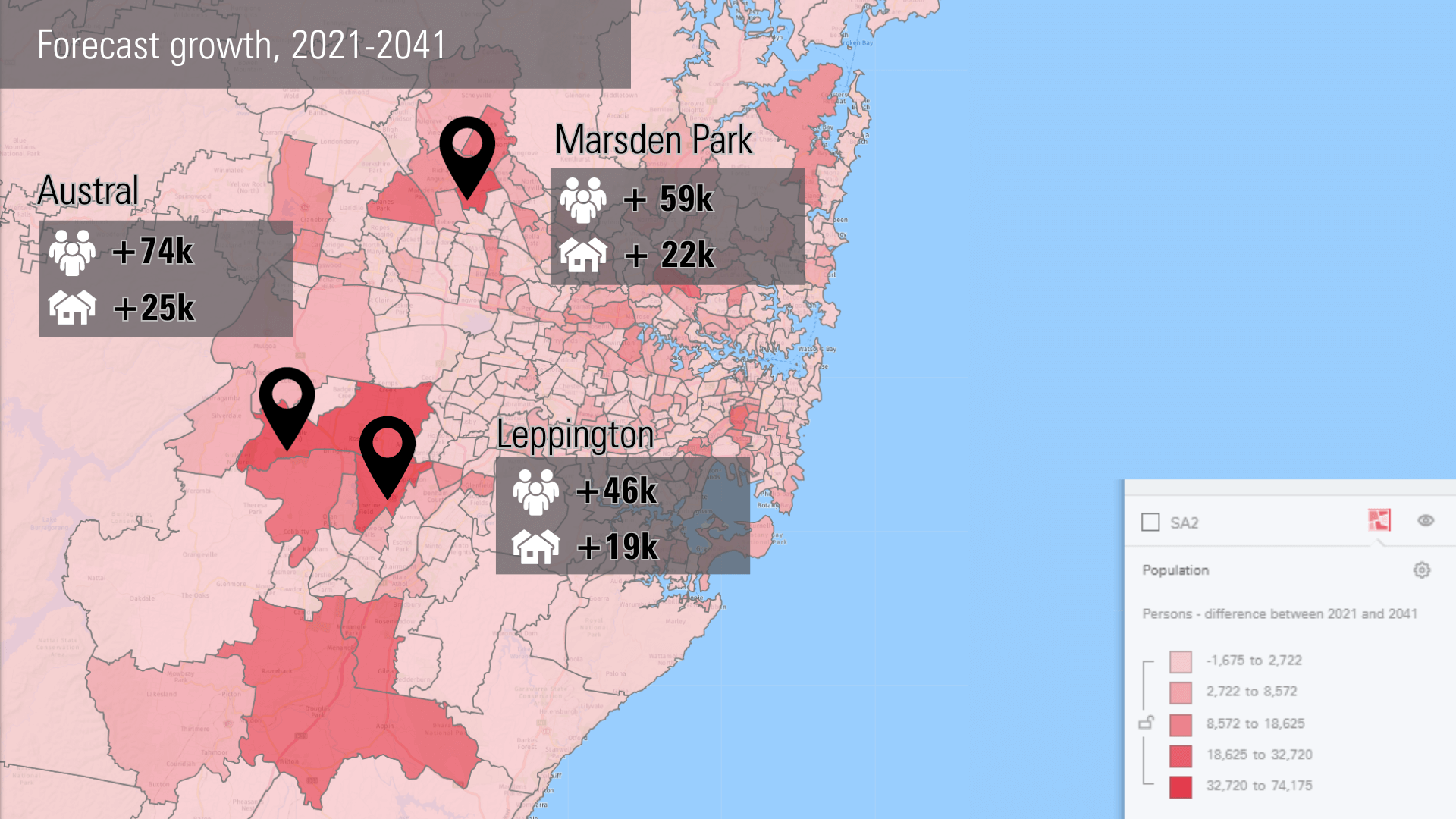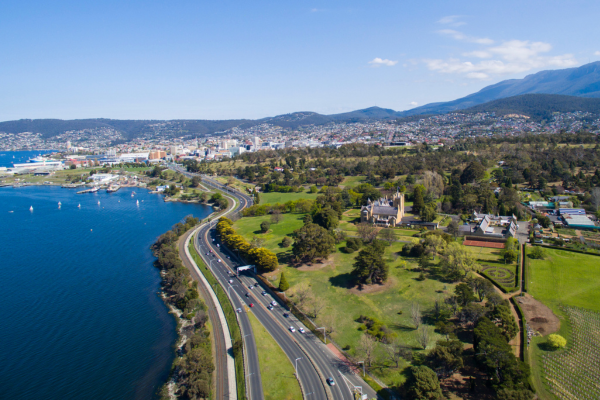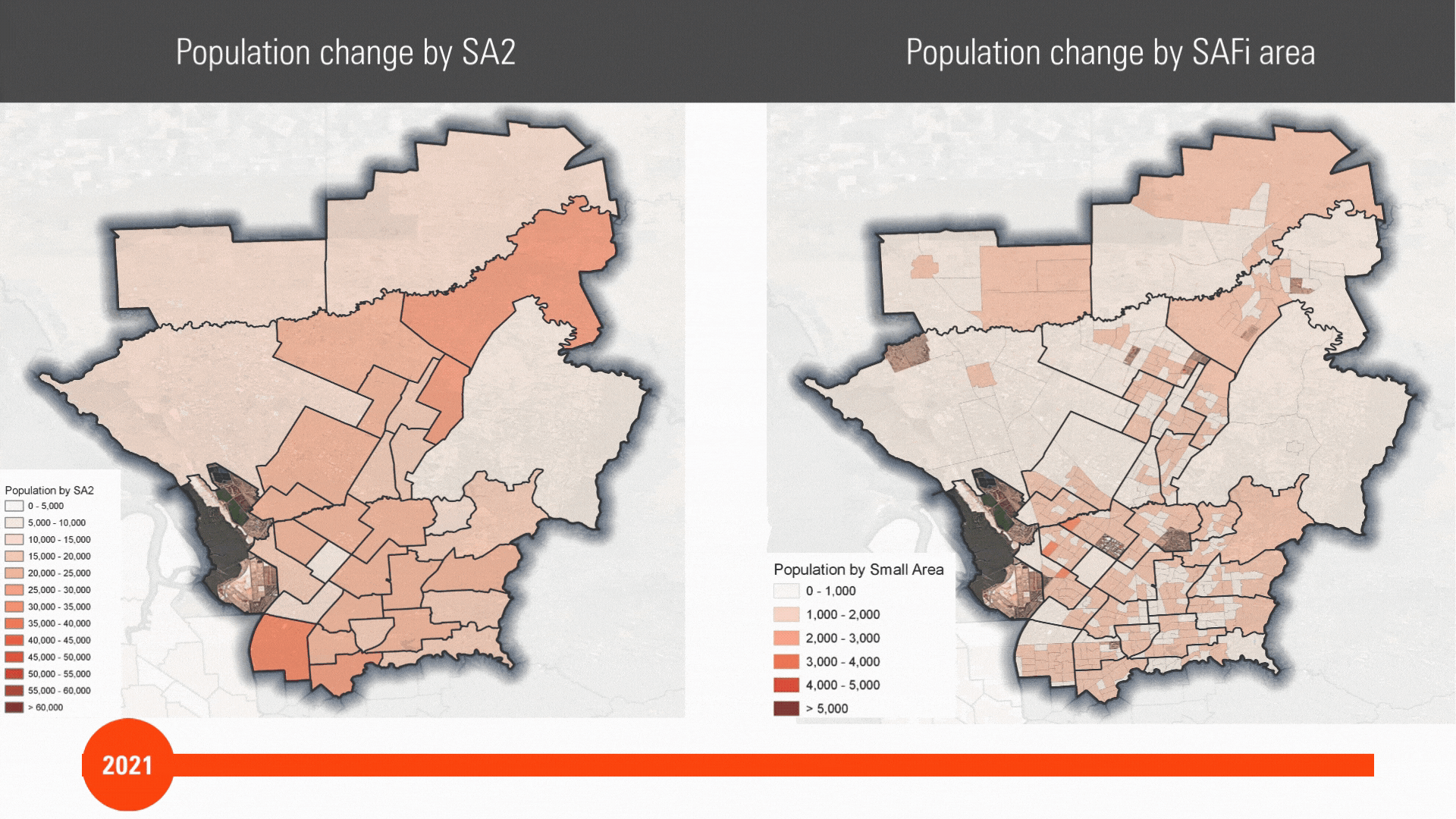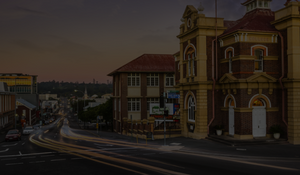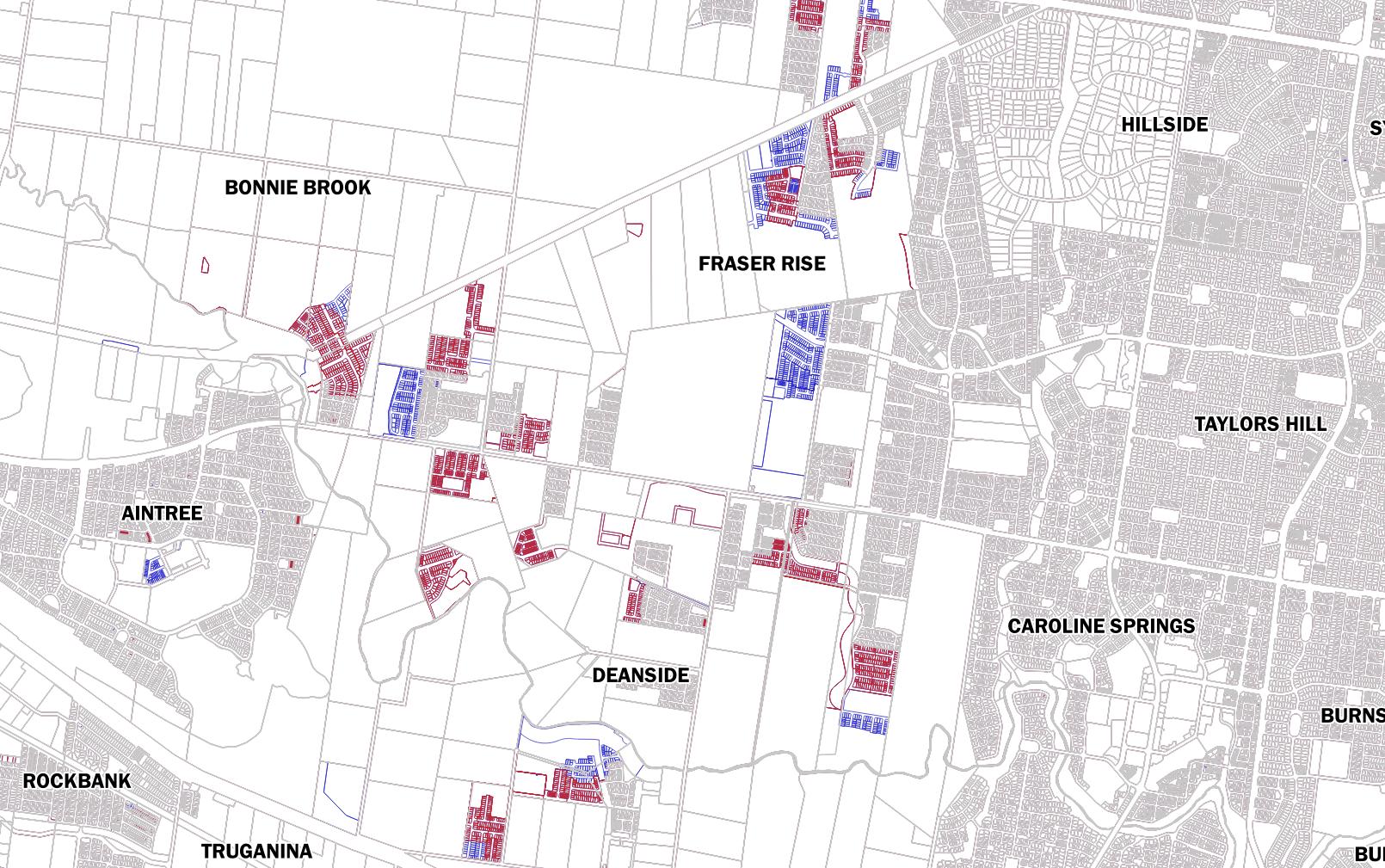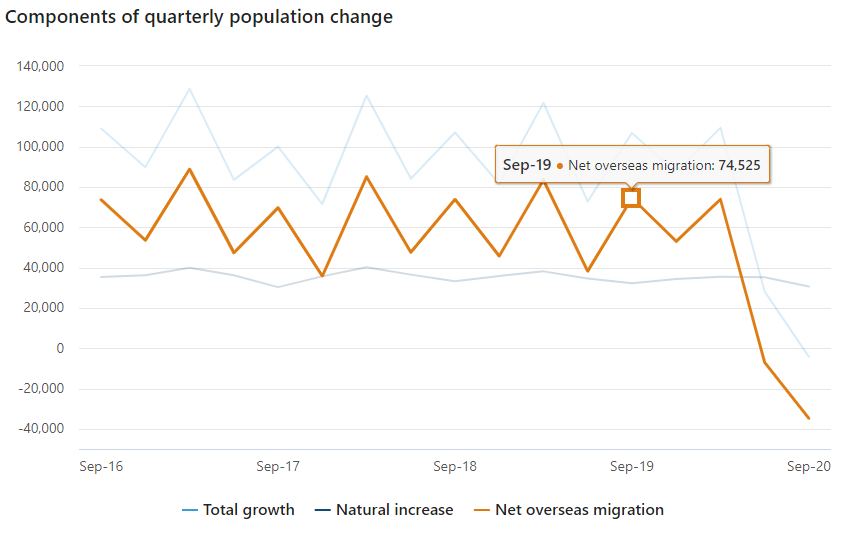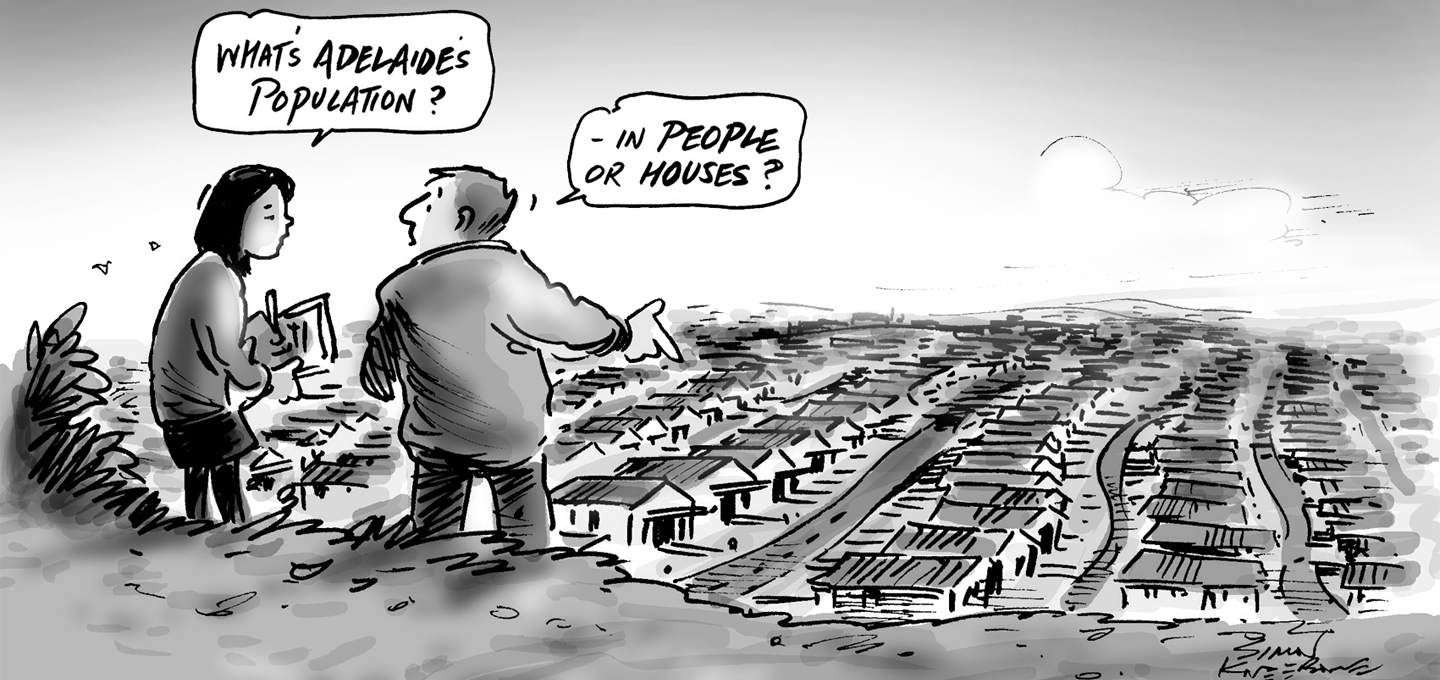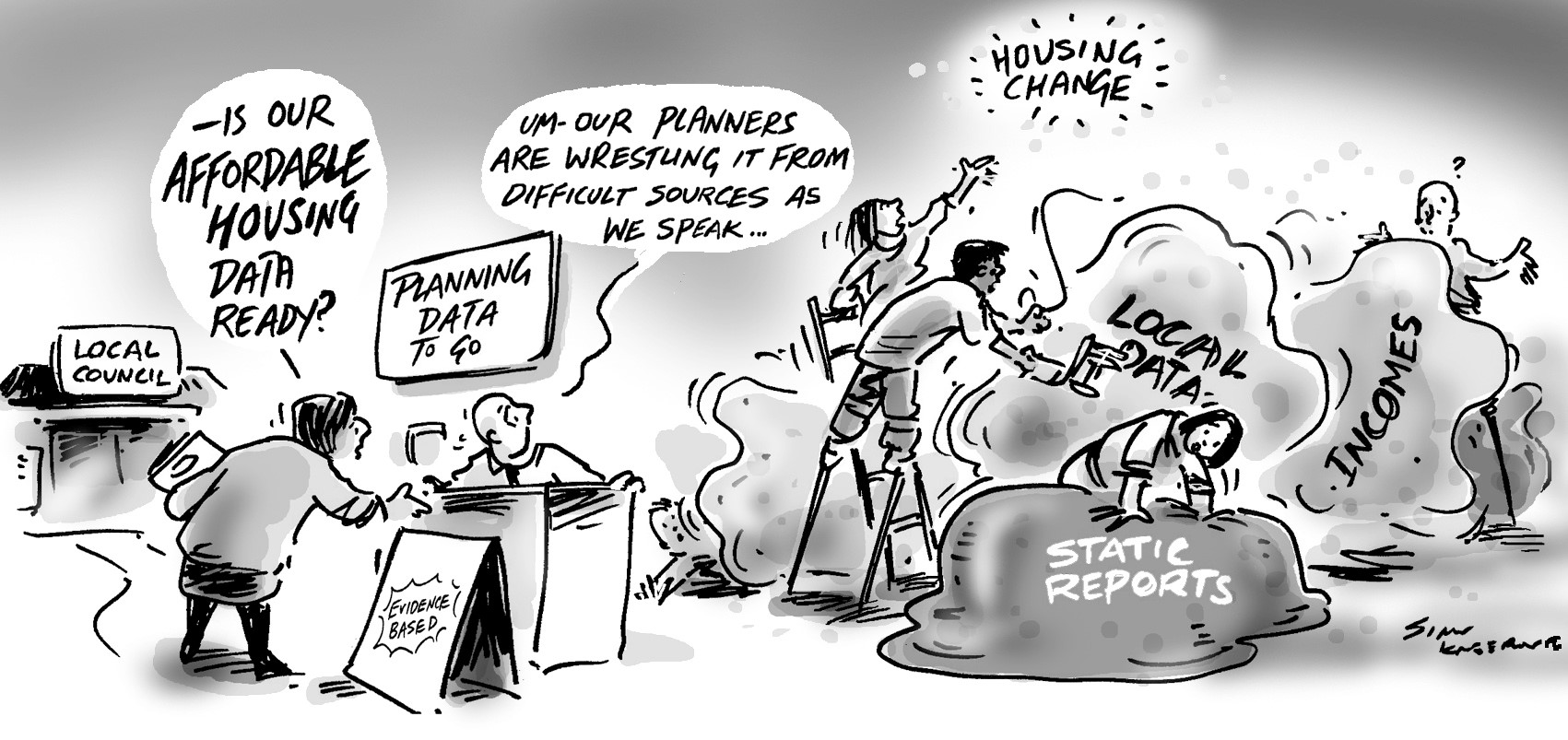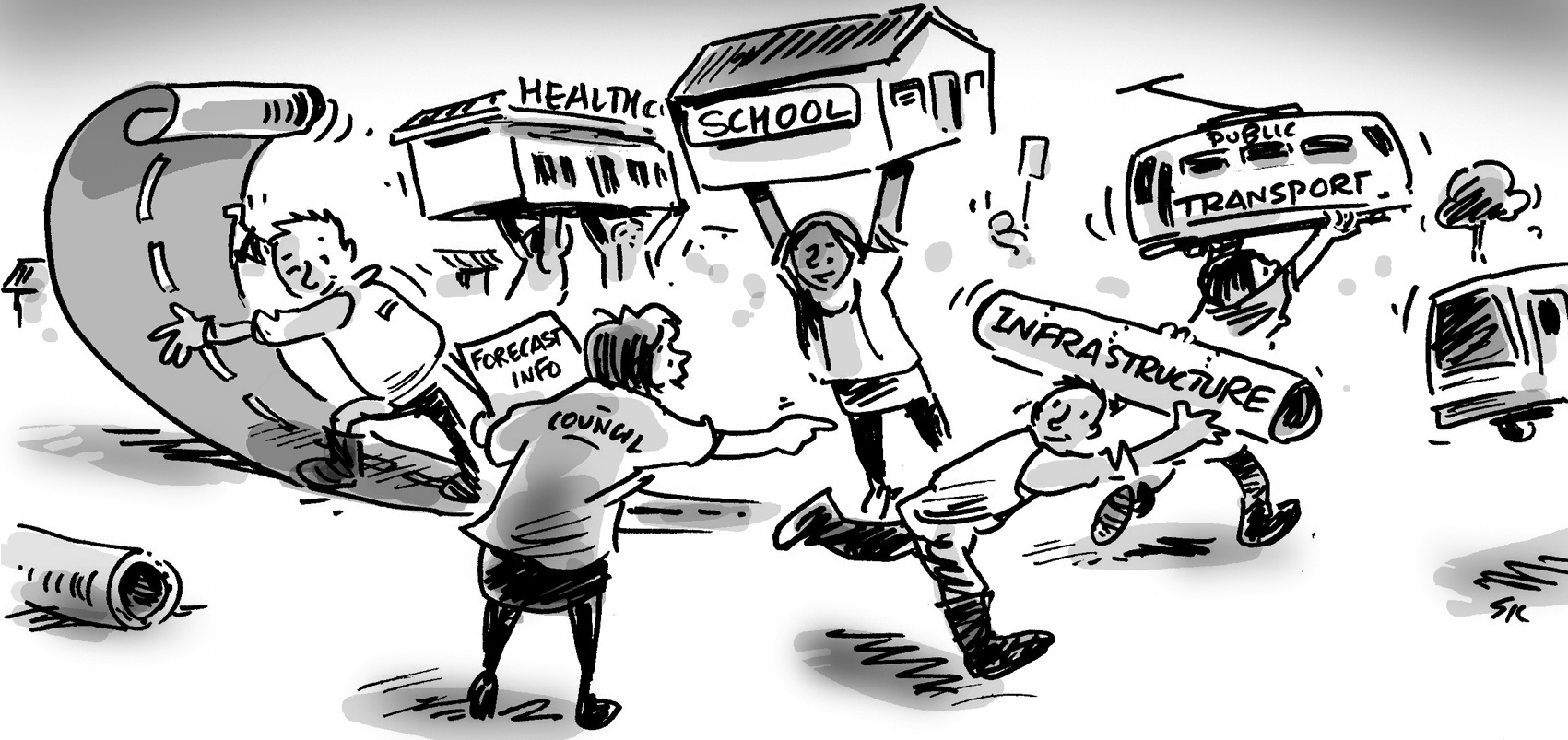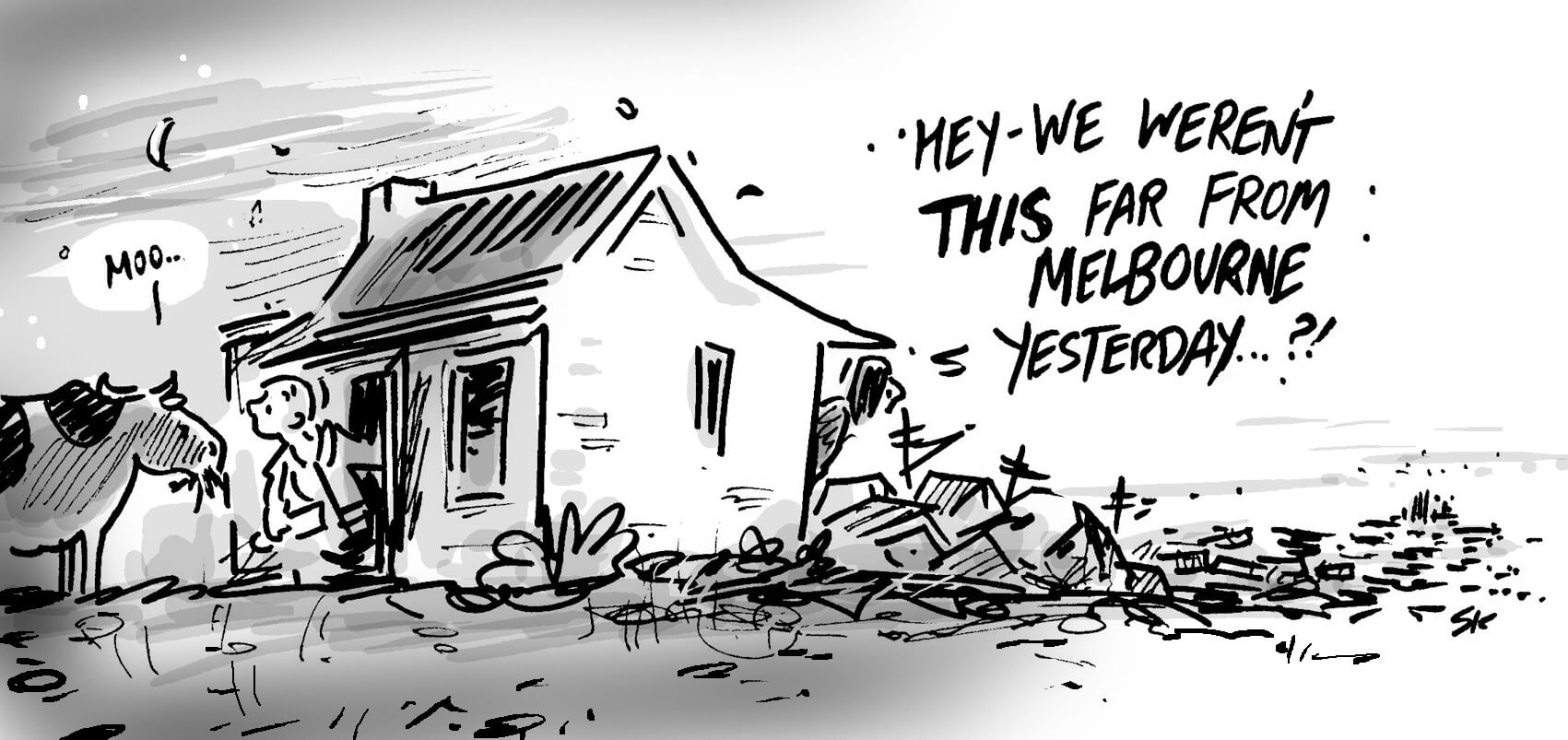By - andrew hedge
How you can get a more detailed forecast of population and housing in growth areas
In growth areas, decisions about infrastructure, services and investment often need to be made long before the community fully exists. But the geographic data most people rely on, like ABS or council boundaries, was designed for today’s...
.id partners with Archistar to deliver population and housing forecasts to property researchers
We're excited to announce a new partnership with Archistar that will bring forecasts from .id's National Forecasting Program directly to their property development platform. Through this integration, Archistar...
How a falling birth rate impacts future demand for schools and children's services
By 2044, Australia will have nearly 150,000 fewer primary school-aged children than previously forecast. That's the impact of an update to our forecasts to account for new, up-to-date information about the...
Compromising on consistency: The risk in using public forecast data alone
If you're planning infrastructure or services or making an investment or location decision, at some point you will need a population forecast to help you understand how many people will live (or, in other...
The population forecast for New South Wales
New South Wales is Australia’s most populated state, with just under a third of the national population residing in NSW. The disruptions of the COVID pandemic had a significant impact on the state, with a net...
A return to the cities – what our nation-wide forecasts reveal about the future of Australia
In October, we held a series of launch events to celebrate the fact forecast.id, our detailed, local area forecast of population, housing and development, are now available nationwide. In today’s blog, we share...
The ripple effect: How Tasmania's population growth will shape demand for essential services
The demographic drivers behind Tasmania’s growth are changing. In our recent webinar, Fighting history: Can Tasmania sustain population growth after the pandemic?, we explained why we don’t expect Tasmania’s...
What factors cause growth or decline in the school-aged population of places?
By 2041, our forecasts show Australia will have 624,000 more school-aged children than it did in 2021; 252,000 primary school-aged (5-11), and 372,000 secondary-school aged (12-17). And every one of these...
Ten areas in your state that need to plan for more school students
Just as schools have evolved beyond ‘chalk and talk’ in the education experience they provide our kids, the profession of demographic forecasting has developed in recent years to the point where school planning...
Surging overseas migration: a Covid correction or the new normal?
Anyone following the news cycle in the lead-up to the federal budget will have heard the figure of ‘400,000 people from overseas coming to Australia this year’. That level of migration has created headlines...
The devil is in the detail: how to pinpoint the location of population growth
If you’re planning for future demand for a product, service or piece of infrastructure, a population forecast will be an important part of your evidence base.
How micro-geography helps plan services in growth areas
When you’re dealing with Census data, SA1-level data is generally considered quite a granular view of the population. However, as SA1s are designed for the current population, they’re often not as useful when...
804 fewer schools by 2041: the delayed impacts of closed borders
The reduction in the number of school-aged students forecast in the next 20 years is among the most significant flow-on effects of the pandemic and the resulting border closures.
Can current rates of housing development be sustained?
As forecasters, we’re currently confronted by a strange set of circumstances. Based on what we know of population change in the next few years, demand for dwellings is likely to slow considerably. However, many...
The first quarterly decline in Australia’s population on record
The word unprecedented has been given a good workout over the last year, and yesterday, a quite remarkable reporting update from the ABS gave us good reason to use it again.
Planning the rollout of FOGO bins
If you’re in waste management at a local council that hasn’t yet introduced FOGO bins, this blog offers some suggestions for planning the transition. Specifically, it explains how to find the number of...
How we can help you during the Covid-19 response
This update is to share how we’re working in response to Covid-19, how you can contact us and what resources are available to support you during this period.
Is staff turnover a challenge at your council?
Today we’re launching a new resource for strategic planners and community planning managers, to help them with a significant challenge they face in their day-to-day work.
Would you be a great population forecaster?
We’re currently looking for the newest member of our population forecasting team. The ideal person has a fairly unique set of skills, but we figured people like you, who share our curiosity about places and how...
'Spatial leashes' in our communities
When we released our new Sexes Communities of Interest module recently, we had great feedback from several councils’ community wellbeing teams.
Three towns, three stories – the diverse demography of regional Australia
In this piece, we give you a sneak preview of a presentation that Glenn is giving today that shows not all regional towns have the same demographic story.


